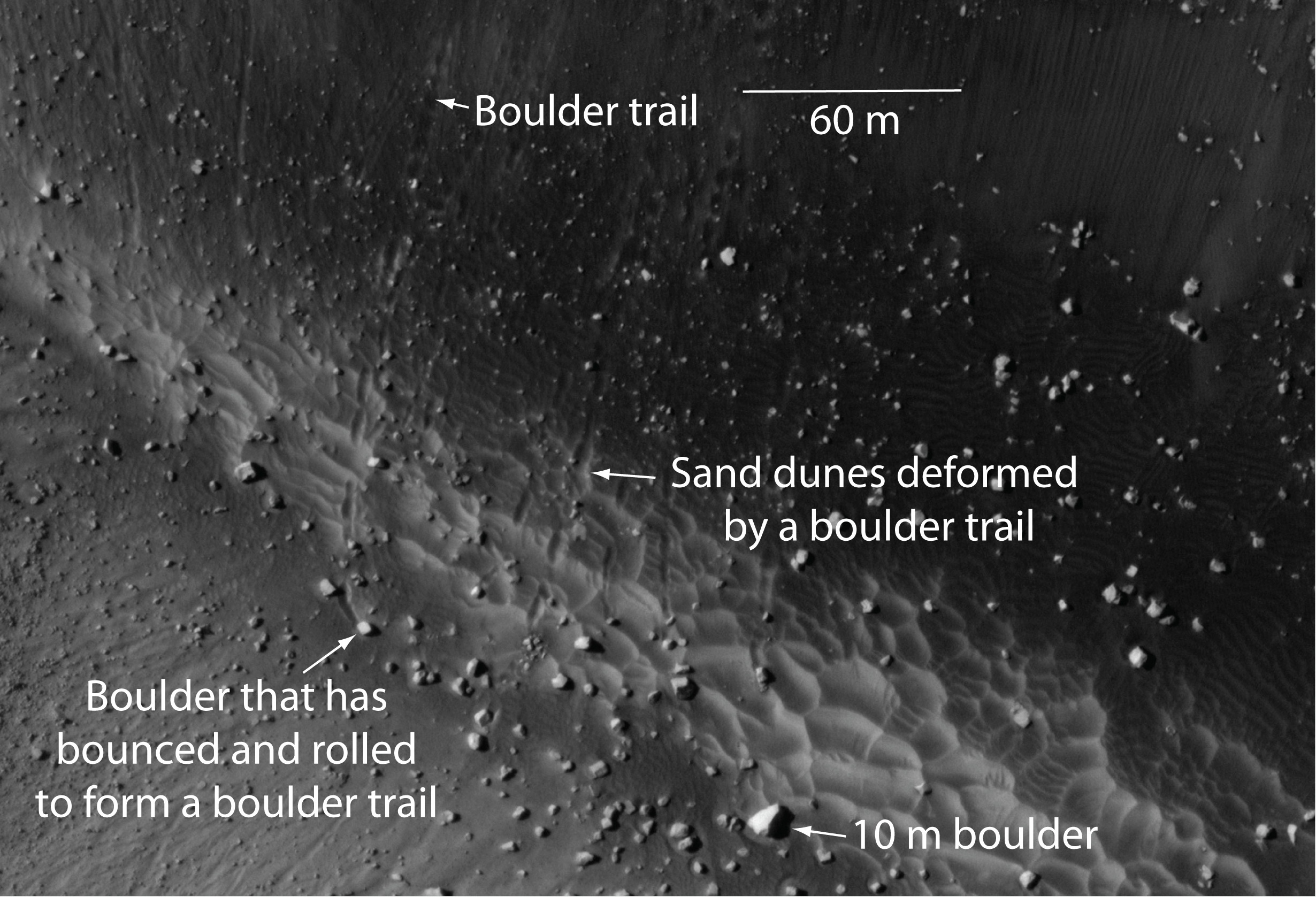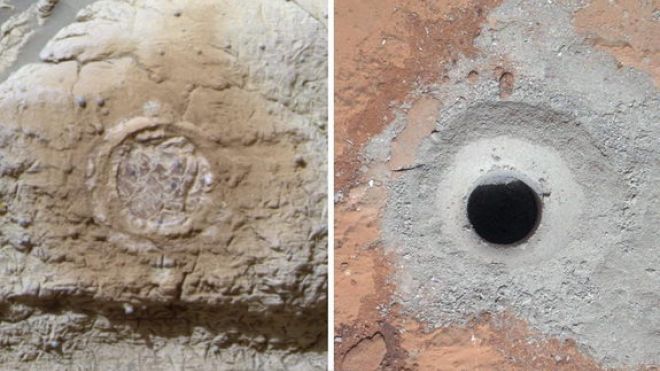
© Brand X Pictures/ThinkstockDiet of the clever? People with high IQs tend to "like" curly fries on Facebook, for reasons unknown.
Every day, millions of people click on Facebook "Like" buttons, boldly declaring their preferences for a variety of things, such as books, movies, and cat videos. But those "likes" may reveal more than they intend, such as sexual orientation, drug use, and religious affiliation, according to a study that analyzed the online behavior of thousands of volunteers.
Your preferences define you. Researchers have known for decades that people's personal attributes - gender, age, religion, sexual orientation, and personality type - correlate with their choice of products, concepts, and activities. Just consider the different populations at an opera and a NASCAR race. This is why companies are so eager to gather personal information about their consumers: Advertising is far more effective when it is targeted to groups of people who are more likely to be interested in a product.
The only aspect that has changed is the increasing proportion of personal information that is available as digital data on the Internet. And Facebook has become a major hub for such data through its
like button. A team led by Michal Kosinski, a psychologist at the University of Cambridge in the United Kingdom as well as at Microsoft Research, wondered just how much people's likes reveal about them.



Comment: Is our solar system being energised in some way? Something seems to be rocking and shaking all the planets from within...
Sulphur dioxide detected on Venus points to active volcanoes
"It's extremely unusual, as we can only see the vortex at infrared wavelengths" - Giant 'invisible' vortex still remains on Saturn following huge storm
Saturn's Rotation Observed to Slow Down, Instrumental Error Ruled Out
Uranus: The bizarre weather of a planet that was once thought to be rather placid
Solar system-wide 'climate change': Tally of Jupiter's moons goes up and down
Jupiter photos reveal big changes on giant planet
NASA scientists struggle to understand signs of massive climate shift on Jupiter as giant planet is bombarded with cometary debris